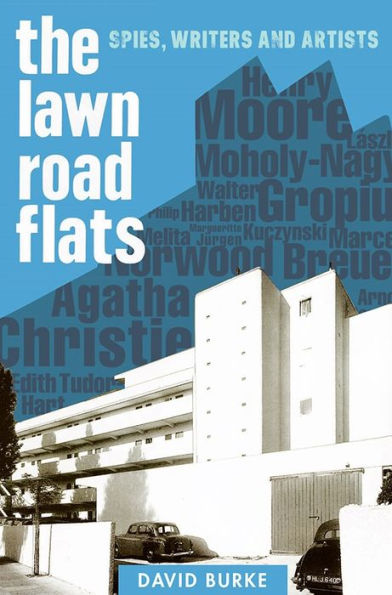Table of Contents
List of Illustrations vi
Foreword Christopher Andrew ix
Acknowledgements xiii
List of Abbreviations xiv
Dramatis Personae xvii
Prologue 1
1 Remembrance of Things Past; Hampstead Man Among 'The Modernists' 5
2 National Planning for the Future and the Arrival of Walter Gropius 27
3 1935: ?Art crystallises the emotions of an age.' Musicology and the Art of Espionage 53
4 Arnold Deutsch, Kim Philby and Austro-Marxism 83
5 The Isobar, Half-Hundred Club and the Arrival of Sonya 106
6 The Plot Thickens: Jurgen Kuczynski, Agatha Christie and Colletts Bookshop 132
7 Refugees, The Kuczynski Network, Churchill and Operation Barbarossa 152
8 Klaus Fuchs, Rothstein once more, and Charles Brasch 171
9 Vere Gordon Childe 194
10 The New Statesman, Ho Chi Minh and the End of an Era 208
Epilogue 223
Notes 226
Bibliography 255
Index 263



